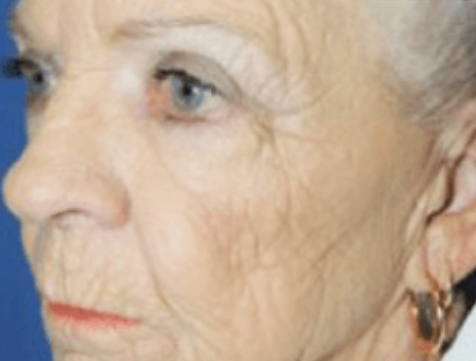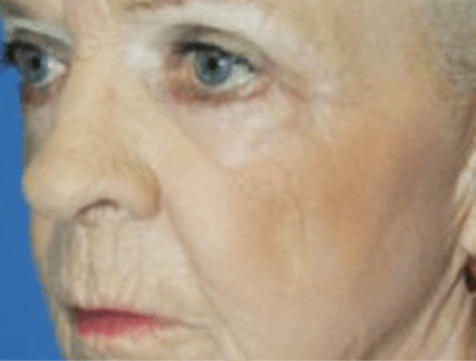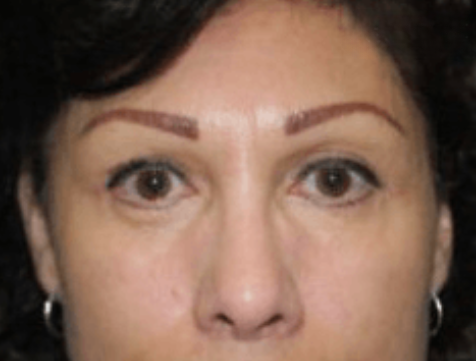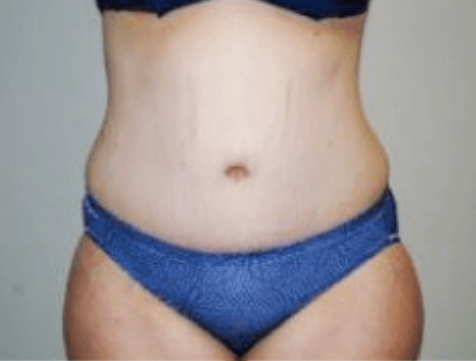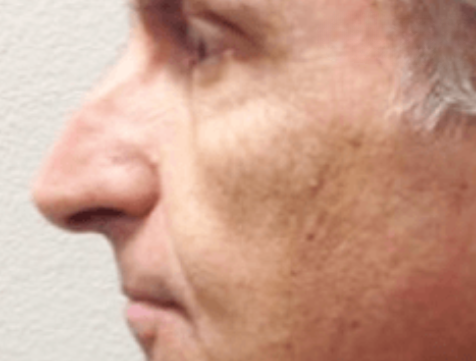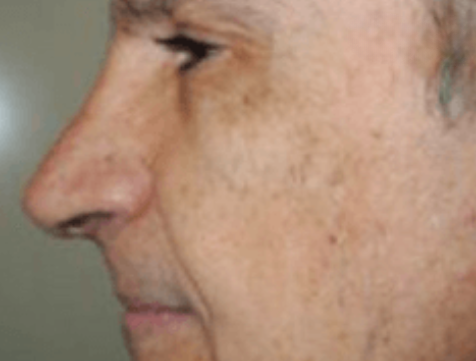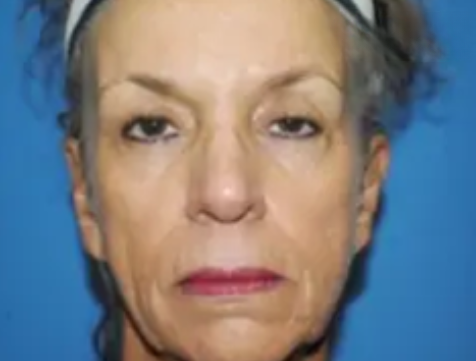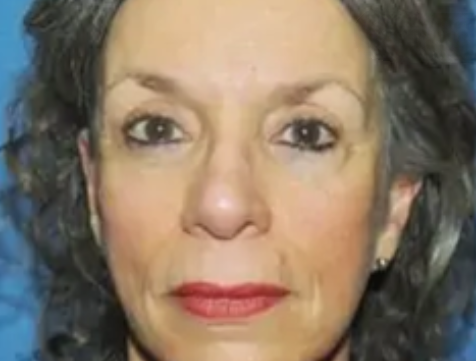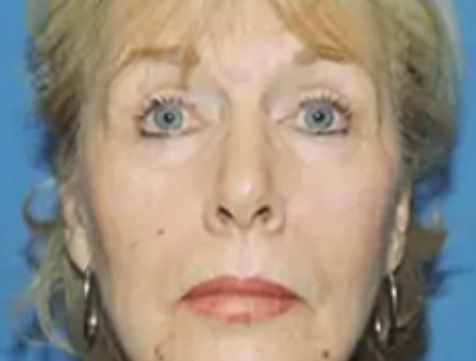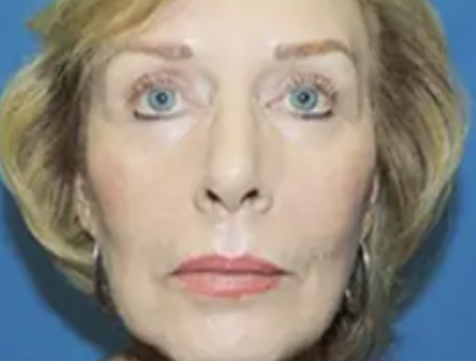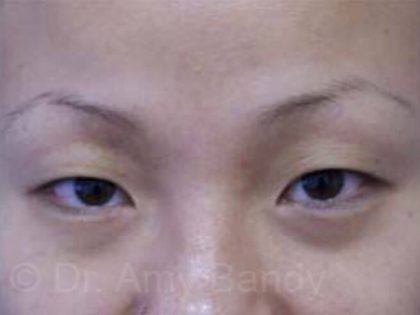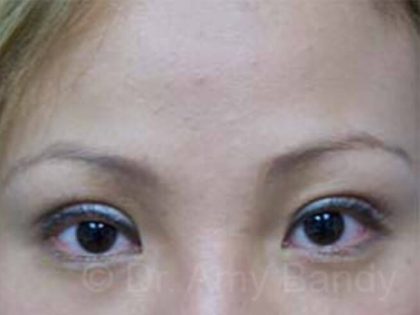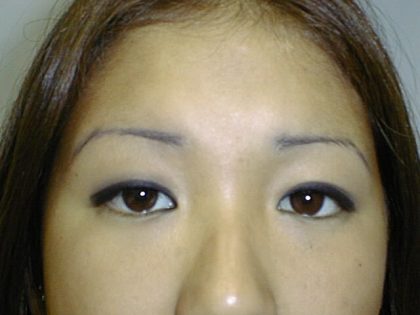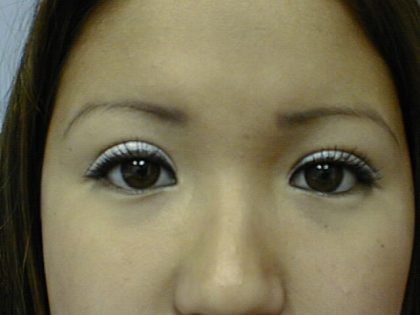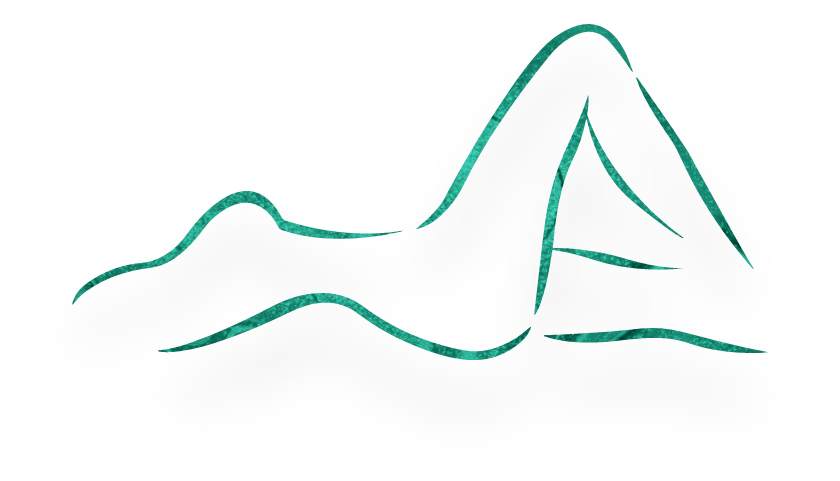Asian Eyelid Surgery / Blepharoplasty
Conveniently located to serve the areas of Newport Beach, CA
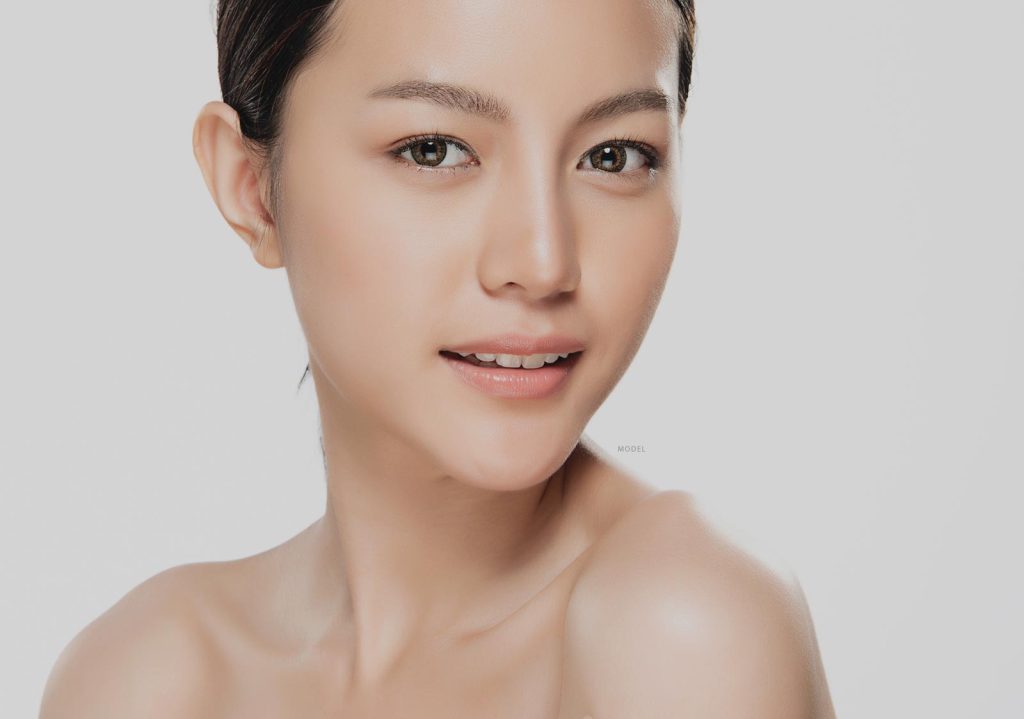
Asian Eyelid Surgery is also known as blepharoplasty or double eyelid surgery and is one of the most requested surgeries by people of Asian ethnicity. This surgery is one of three commonly requested facial surgeries in the Asian culture, and is commonly performed in China, Japan and Korea. It has become increasingly popular in the United States and surpasses most other requested surgeries by Asian-American patients, including Vietnamese, Korean, Filipino, and Chinese. The Asian Eyelid Surgery procedure develops a “crease” at the upper eyelid margin where there was no crease before for those patients who either have no crease or fold or they have a very low fold with thick fatty tissue above the crease under the eyebrow. Learn more about Asian Eyelid Surgery at our Newport Beach, Orange County office.
Schedule A ConsultationContents
Before and After Photos
Who is blepharoplasty recommended for?
The blepharoplasty procedure it recommended for anyone who has no fold in the upper eyelid.
Pre-operation
How can I prepare?
As for any surgery, a patients’ health and well-being is our main priority. We require that patients who are undergoing surgery be healthy with normal lab work (your labs will be performed within 2 weeks of surgery). Furthermore, Dr. Bandy provides patients with a vitamin protocol to being before surgery to aid in the recovery and healing process. During your consultation 2 weeks before surgery, our staff will thoroughly review with you all important information that needs to be completed prior to surgery in order to ensure the best outcome and easiest recovery possible.
Will anesthesia be administered?
A blepharoplasty may be performed under a local anesthesia, permitted the patient is healthy enough to do so. In this case, the eyelid area is numbed and the procedure is performed while the patient is awake. Patients can be given a medication to help ease their nerves during the procedure as long as they have someone to drive them home. The procedure can also be performed under general anesthesia if the patient prefers.
Is painful?
Following the procedure patients will be prescribed pain medication in order to minimize discomfort.
What if I am sick before?
If a patient is noted to be sick prior to a procedure, it is advised to contact Dr. Bandy’s office immediately to discuss the best way to move forward.
How long before I see results?
Following a blepharoplasty, the eyelids may have a significant amount bruising and swelling. Typically full results can be see about 4-6 weeks following surgery.
Post-operation
Is scarring expected?
Blepharoplasty scars typically heal extremely well and are minimally visible once healed. They are placed strategically along the upper eyelid crease or in the lower lash line as to be minimally visible.
Can I drive home after?
Following a blepharoplasty the eyelids will be extremely swollen and you will not be able to drive. Patients are advised not to drive for at least 3 days following surgery.
Should I try avoiding touching the area after?
A patient will have sutures, staples, and/or surgical tapes covering their incisions and these will remain in place for a few weeks. It is recommended that a patient not touch the incisions until they are healed.
What activity should I refrain from after?
Following a blepharoplasty patients are advised to ice the eyes for the following two days to minimize swelling. Patients should avoid strenuous activity, getting overheated and sunbathing for 2-3 weeks. Makeup can be applied once incisions are healed, usually about 10 days following the surgery.
Do I need to take any medication after?
A patient is usually prescribed a topical numbing cream to apply prior to the surgery (if the surgery will be done under a local anesthetic), an antibiotic and a pain medication. If a patient is undergoing a general anesthesia, sometimes they are prescribed an anti-nausea medication to combat any feelings of nausea that some patients experience after having a general anesthesia.
Costs
What is the average cost?
Upper or lower blepharoplasty cost under local anesthetic is dependent upon the complexity of the case. Combining upper and lower blepharoplasty surgery at the same time will reduce the overall cost. This procedure can also be performed under general anesthesia at a higher cost. During consultation Dr. Bandy will review the price in detail.
Are there financing options?
The patient has multiple financing options. For example, the patient can pay for the surgery on credit card, and make monthly payments back to their credit card. Additionally, CareCredit is a financing company specific for cosmetic surgery; patients can apply for CareCredit, and there are multiple options for CareCredit. Sometimes, patients opt to make payments directly to the office. This is a prepayment plan where a patient would pay until he or she pays the entire balance for the surgery; then, they would have their surgery.
Recovery
What is the recovery time and the healing process?
Traditional blepharoplasty for non-Asian eyelids has a relatively quick recovery with minimal swelling and bruising. However, Asian eyelid surgery is a more intricate surgery than a traditional blepharoplasty and therefore requires a longer recovery period. During your surgery, Dr. Bandy goes deeper in the tissues to create the crease and places stitches to maintain your results. Because of this, you can expect more swelling and bruising after surgery and thus a longer recovery before return to normal. Typically by 6 weeks, you are able to see the results, as the swelling should be predominantly resolved by this time.
Is there a post-operative recovery facility that you recommend?
We do have a post operative recovery facility that we refer our patients to in Orange County, CA and Los Angeles, CA. In these situations, they will be picked up by the post operative care facility from our recovery room and brought to the recovery center where they are recovered overnight, and then brought back the next day for their follow up appointment.
We are here to listen and address your concerns.Schedule A Consultation
– Dr. Amy Bandy, Over 20 Years of Experience
FAQ
What Is Asian Blepharoplasty Surgery?
Many Asians have what is referred to as “single eyelids” where there is no visible crease in the upper eyelid. This can be in one or both eyelids and up to 50% of Asian patients have at least one upper eyelid that is a single eyelid. This differs from Westerners who have “double eyelids” or a visible crease or fold in the upper eyelid. With Asian blepharoplasty surgery, the aim is to create a natural-looking fold in the upper eyelid when the eyes are open. Most people of Asian origin prefer to maintain their ethnic features, and are seeking a look that is natural and resembling an Asian eyelid with a natural fold, or are looking for symmetry because one lid has a fold and the other doesn’t. However, some will look for a more Western look where the fold is more exaggerated. These variations in anatomy and what the person desires will help Dr. Bandy decide which procedure will best deliver the look that the patient is looking for.Depending on whether the patient has a very low crease, or no crease at all, the surgery will be tailored to produce symmetry and function. The height of the existing crease can be heightened, or an eyelid with no crease at all can be transformed to have a crease. If there is excess skin or fat, that can be removed at the same time.
What methods of Surgery are used?
One approach to creating a crease is by placing sutures (stitches) from the inside of the eyelid to the underside of the skin on the outside of the eyelid to form a crease. Another approach is by making an incision on the skin of the upper eyelid at the height of the lid where the crease is desired. Once the incision is made, some of the fat beneath the skin is removed. The skin is then sutured to the muscle, thus creating the crease. If there is excess or loose skin, then skin is then removed at the same time. The incision can be made either with a surgical scalpel, a laser, or with radiofrequency.
How long does the surgery take?
The surgery takes approximately one hour, and is performed on an outpatient basis.
What is the consultation process like?
Dr. Amy Bandy will evaluate your anatomy, and will go over which procedure she feels will give you the best results for what you are seeking to obtain. During your consultation with Dr. Bandy, you will be able to view before and after photos, and you will be given the opportunity to discuss your goals and the look you are seeking. Dr. Bandy will carefully evaluate your eyes to be sure that you do not have ptosis, or drooping of the upper eyelid and to evaluate if one eyelid covers more of your iris or pupil than the other. She will evaluate whether either eyelid has an existing crease, and what your options are for achieving better symmetry. Dr. Bandy will review with you the medications you should avoid before and after your surgery, and what to expect for your recovery. She will also assist you in determining if you would be a candidate to have surgery under a local anesthesia.
What are the risks associated with an Asian Blepharoplasty?
The risks for Asian blepharoplasty are similar to those seen with the traditional blepharoplasty, and include asymmetry (one eye looking different from the other), scarring, prolonged swelling, cysts along the scar, droopy eyelids and general dissatisfaction with your results. Be sure to discuss any questions about the possible risks with Dr. Bandy during your consultation. When considering an Asian Blepharoplasty make sure you are consulting with aa board certified plastic surgeon who has experience in preventing and/or minimizing potential risks.
